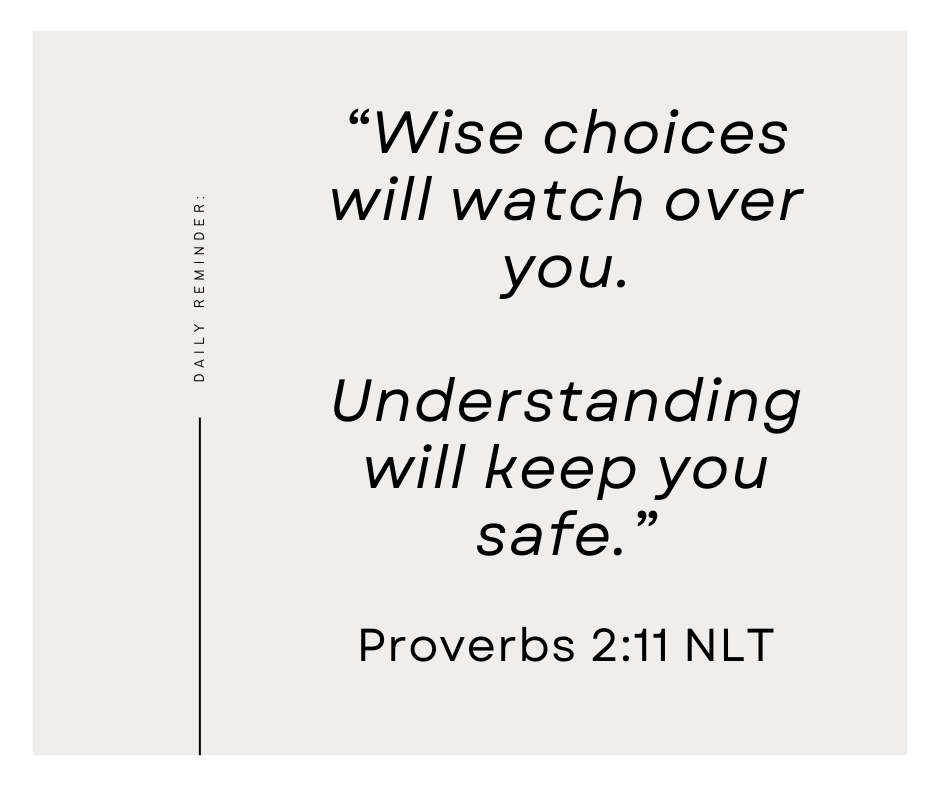Our Solution
By Garry Hojan
The “best” time to invest in new factory equipment is when it is really needed. This could be right now, in the future, or not at all.
“Really needed” should be defined in your business by evaluating your individual situation. I always caution when it comes to anything on the cost side of the ledger to be brutal in your scrutiny of if it is really needed.
I’m not saying be so frugal as to trip over dollars to save dimes. I’m saying make investments with the best return on investment through discernment and only when it is truly needed.
The trouble I see with many owners (I’ve done it) is they believe it’s needed, tie up the cash, things change, and, well, bad things happen. Large companies can absorb bad cost decisions better than small business entities, and with money being 82% of why companies fail, yeah, it’s that important.
Are you running older equipment? What is the cost of maintenance, downtime, etc.? Sometimes, maintaining older equipment can cost more than buying a newer replacement.
There are also safety factors to consider. For instance, older equipment that doesn’t adequately protect workers poses a threat to the worker and the business in the form of liability risk, OSHA fines, workers’ insurance risk, and likely operational inefficiencies.
Does the growth look like short term volatile growth or is it stable longer-term growth? Multiple short-term contracts that will go away are more of a spike in growth than something to be considered for substantial additional investments, having said that, if you see a high probability of much more of this over a longer period of time (say 3 years or more), then capital expenditures may make sense.
Weighing the decision also depends on the size of the capex in relation to the financial picture. Are we talking about a financially healthy company doing $3-$4M/year at 15% margin and spending $150K, or are we talking about a company with high receivables and low cash reserves doing $300-$400K at 10% margin and spending $50K? In the former, and from a purely financial perspective, the risk is considerably less to make the decision to invest.
As an aside, it’s almost standard practice for companies to make capex decisions before the end of the year to reduce tax burden. This decision should be made based on your, or your business tax advisor’s, knowledge of if it makes sense for you. The basic thought behind this is that cash reserves are better put into your company as capital expenditures than having reserves be taxed as income, but speak to your accountant about that.
If you do have growth, have you maximized current resources? For example if you’re machining, are you running one shift and that’s it, or are you running one shift and lights out for two more shifts? If the former, invest in getting to the latter either through automation (preferred) or adding to the team, or a combination of the two.
Another option is subcontracting additional work through trusted vendors until it makes sense to pull it back in-house when you see some consistency in the growth. Make sure to openly communicate this to the vendors up front and give them as much notice as possible when pulling the work in-house; don’t burn those bridges.
Need a quick review of your capex circumstance? Let’s chat.
“Wise choices will watch over you. Understanding will keep you safe.”
Proverbs 2:11 NLT


